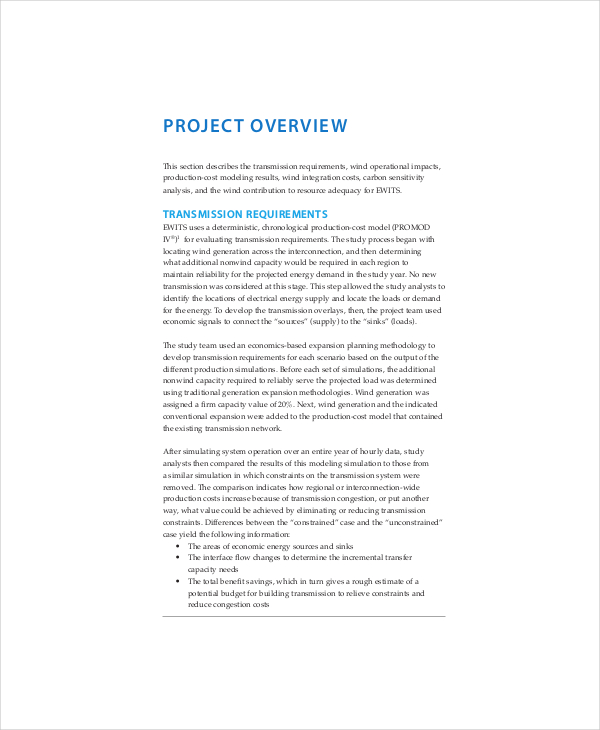
In reality, however, the boundary between “labor tasks” and “capital tasks” in production is permeable and shifting. In the canonical setup, a factor’s identity and its role in the production function are synonymous. The other is what services these factors provide. One aspect is which factors are used as inputs, e.g., capital, high skill labor, low skill labor. These restrictions stem from the fact that the canonical production function implicitly equates two distinct aspects of production. Changes in the supply of each input can of course affect marginal products, but each factor’s “purpose” in the production function is both distinct and static. In particular, capital is either a complement or a substitute for labor, different types of labor are either complements or substitutes for one another, and these roles are essentially fixed. But what precisely is distinctive about the role of each input is left opaque, and the nature of the interactions among them is highly constrained. This is not illogical-after all, these are separate inputs.

It features a role for labor and a role for machinery (capital), and, in general, these roles are distinct. The canonical production function found in economic models is anthropomorphic-it’s built to resemble humans. Ich schließe mit einer vorsichtig optimistischen Vorhersage für die Möglichkeiten des TASKS-Ansatzes zur Erläuterung der Interaktionen zwischen Angebot an Kompetenzen, technologischem Potenzial und Handels- und Offshoringmöglichkeiten in der Gestaltung der aggregierten Nachfrage nach Kompetenzen, der Zuweisung von Kompetenzen zu Aufgaben und der Entwicklung von Löhnen. Dieses Essay skizziert ein Alternativmodell zur Zuweisung von Kompetenzen zu Aufgaben basierend auf dem komparativem Vorteil, bespricht wichtige konzeptionelle und praktische Schwierigkeiten, vor denen Forscher stehen, wenn sie den „TASKS-Ansatz“ in Daten übertragen wollen und warnt vor zwei gängigen Fallstricken, die die immer stärker wachsende Literatur zu diesem Thema durchziehen. Eine Analyse dieses Phänomens im Rahmen der gängigen Produktionsfunktion ist jedoch schwierig, da die Zuweisung von Aufgaben zu Arbeit und Kapital in diesem Modell im Wesentlichen statisch ist. steigende Beschäftigungszahlen in den best- und schlechtestbezahlten Berufen.

In einer wachsenden Literatur wird die Auffassung vertreten, dass Veränderungen in der Zuweisung von Arbeitsplatzaufgaben (tasks) zwischen Kapital und Arbeit und zwischen in- und ausländischen Arbeitskräften die Struktur der Arbeitskräftenachfrage in den Industrieländern verändert und eine Polarisierung von Beschäftigung gefördert hat – d.h.

I conclude with a cautiously optimistic forecast for the potential of the task approach to illuminate the interactions among skill supplies, technological capabilities, and trade and offshoring opportunities, in shaping the aggregate demand for skills, the assignment of skills to tasks, and the evolution of wages. This essay sketches an alternative model of the assignment of skills to tasks based upon comparative advantage, reviews key conceptual and practical challenges that researchers face in bringing the “task approach” to the data, and cautions against two common pitfalls that pervade the growing task literature. Analyzing this phenomenon within the canonical production function framework is challenging, however, because the assignment of tasks to labor and capital in the canonical model is essentially static.

An emerging literature argues that changes in the allocation of workplace “tasks” between capital and labor, and between domestic and foreign workers, has altered the structure of labor demand in industrialized countries and fostered employment polarization-that is, rising employment in the highest and lowest paid occupations.


 0 kommentar(er)
0 kommentar(er)
